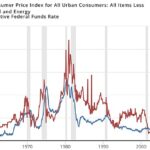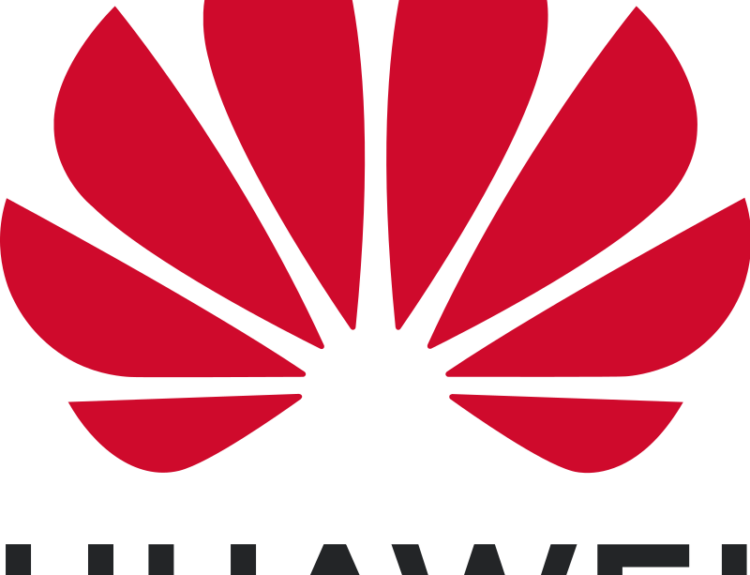Companies prioritize in-demand items and trim inventory to appeal to discriminating consumers and combat inflation.
- Brands and retailers are cutting back on product offerings to increase profit margins and cut costs.
- The trend of offering fewer unique products has accelerated during the pandemic.
- Companies are prioritizing in-demand items and trimming inventory to focus on higher-margin products.
- The approach is meant to appeal to more discriminating consumers and combat inflation.
- Cutting product offerings is also a way to trim costs and fatten margins.
- Retailers are realizing that consumers want quality over quantity.
- Companies like Hanesbrands, Under Armour, and Dollar General are reducing their variety of items.
- The inventory cull has led to increased sales and higher prices for some products.
- Canada Goose maintains a small number of unique products and slowly adds to its count.
- The company is branching out beyond luxury down coats to offer products for warmer months.
Brands and retailers are adopting a strategy of offering fewer unique products in order to increase profit margins and cut costs. This trend has accelerated during the pandemic, as companies have focused on prioritizing in-demand items and trimming their product lines. By offering a smaller assortment of products, companies hope to appeal to more discriminating consumers who are feeling the effects of inflation. Additionally, cutting back on product offerings allows companies to trim costs and increase profit margins.nnRetailers have realized that overwhelming shoppers with too many choices can be counterproductive. Consumers are now looking for quality over quantity, and companies are responding by streamlining their product offerings. This approach not only helps companies manage costs and inventory, but it also enables them to focus on higher-margin products.nnSeveral companies, including Hanesbrands, Under Armour, and Dollar General, have already started reducing their variety of items. By cutting back on less popular products, these companies can invest in new items and focus on those that sell faster. This strategy has led to increased sales and higher prices for some products.nnEven luxury brands like Canada Goose are adopting this approach. While the company maintains a small number of unique products, it slowly adds to its count to ensure it can meet consumer demand. Canada Goose is also branching out beyond its traditional down coats to offer products for warmer months, such as shorts and T-shirts. This strategy allows the company to appeal to shoppers year-round and diversify its revenue streams.nnIn conclusion, brands and retailers are recognizing the benefits of offering fewer unique products. By prioritizing in-demand items and trimming inventory, companies can increase profit margins, cut costs, and appeal to more discriminating consumers. This strategy is particularly important in the current economic environment, where inflation is impacting consumers’ purchasing power. By focusing on quality over quantity, companies can position themselves for success in the market.·
Factuality Level: 3
Factuality Justification: The article provides a detailed overview of how various brands and retailers are cutting back on product offerings to focus on in-demand items. It includes quotes from CFOs and executives of different companies to support the trend. However, the article lacks depth in analyzing potential drawbacks or criticisms of this strategy, and it primarily presents the perspective of companies implementing these changes without exploring potential consumer impacts or broader industry implications.·
Noise Level: 3
Noise Justification: The article provides a detailed analysis of how brands and retailers are cutting back on product offerings to focus on in-demand items, improve margins, and adapt to changing consumer preferences. It includes insights from various CFOs and executives, as well as data on inventory reductions and gross margins. The article stays on topic and supports its claims with examples and quotes from industry professionals.·
Public Companies: Canada Goose (Not available), Hanesbrands (Not available), Dollar General (Not available), Under Armour (Not available), Deckers Outdoor (Not available), Vera Bradley (Not available), Levi Strauss (Not available), Hasbro (Not available)
Key People: Neil Bowden (CFO at Canada Goose), Michael Schwindle (Chief Financial Officer at Vera Bradley), Scott Lewis (CFO at Hanesbrands), Candice Medeiros (Insight Strategist at WGSN), Steve Fasching (CFO at Deckers Outdoor)
Financial Relevance: Yes
Financial Markets Impacted: Companies
Financial Rating Justification: The article discusses how various companies, including Hanesbrands, Under Armour, Deckers Outdoor, Vera Bradley, and Canada Goose, are reducing their product offerings to focus on in-demand items. This strategy aims to trim costs, fatten margins, and cater to more discriminating consumers affected by inflation. The reduction of unique products also leads to better inventory management and higher gross margins for these companies.
Presence Of Extreme Event: No
Nature Of Extreme Event: No
Impact Rating Of The Extreme Event: No
Extreme Rating Justification: There is no mention of any extreme event in the article. The article focuses on retailers and brands cutting back on product offerings to improve their bottom line and meet consumer demand.·
 www.wsj.com
www.wsj.com 





